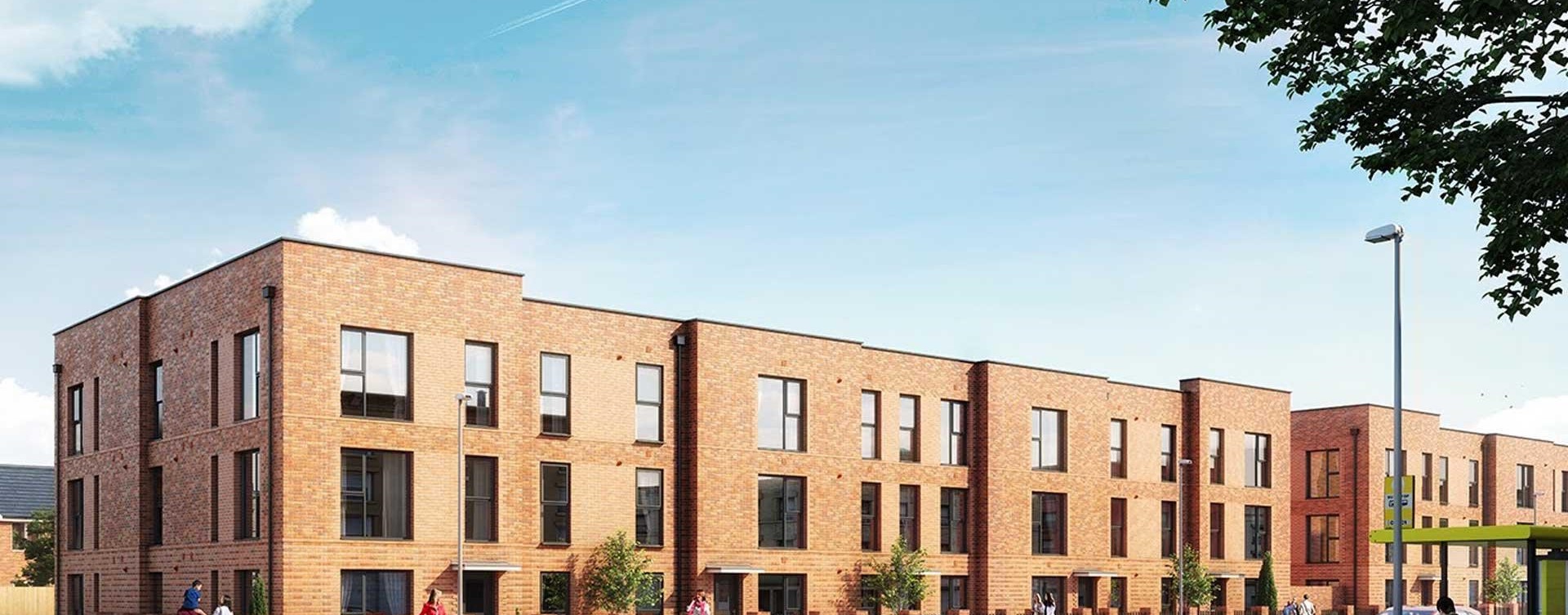FAQ
In response to this increasing level of risk, CIBSE developed an adaptive methodology to assess the predicted level of thermal comfort within a building. This assessment can be carried out at the detailed design stage by way of Dynamic Simulation Model.
The TM52 overheating compliance criteria is as follows;
- Criterion 1: Hours of Exceedance – The number of hours during which ∆T is greater than or equal to one degree (K) during the period May to September inclusive shall not be more than 3% of the occupied hours.
- Criterion 2: Daily Weighted Exceedance – To allow for the severity of overheating the weighted exceedance shall be less than or equal to 6 in any one day.
- Criterion 3: Upper Limit Temperature – To set an absolute maximum value for the indoor operative temperature the value of ∆T shall not exceed 4K.


